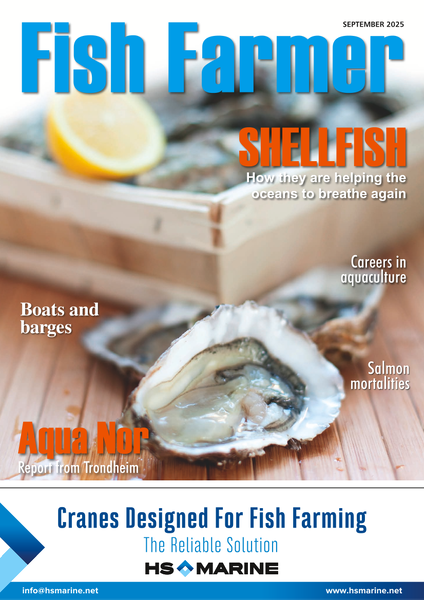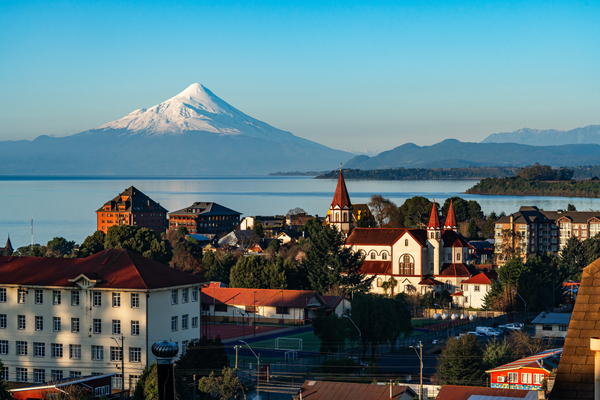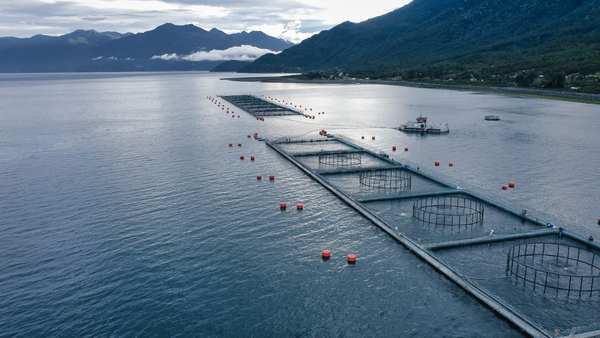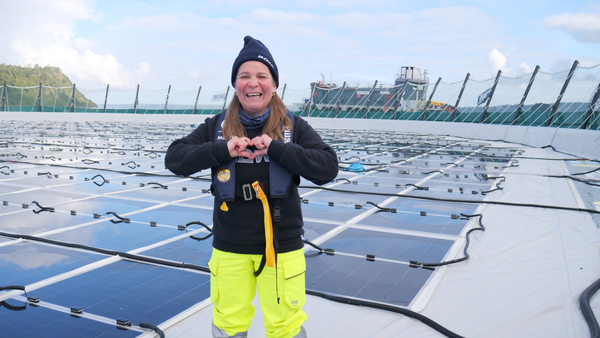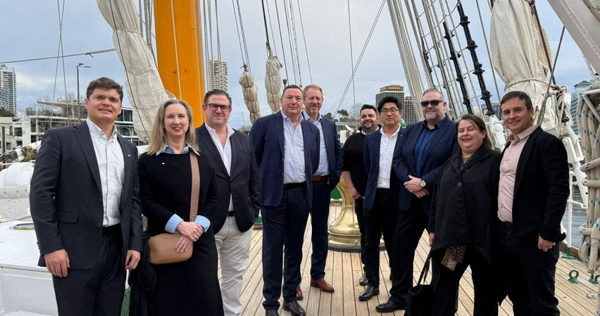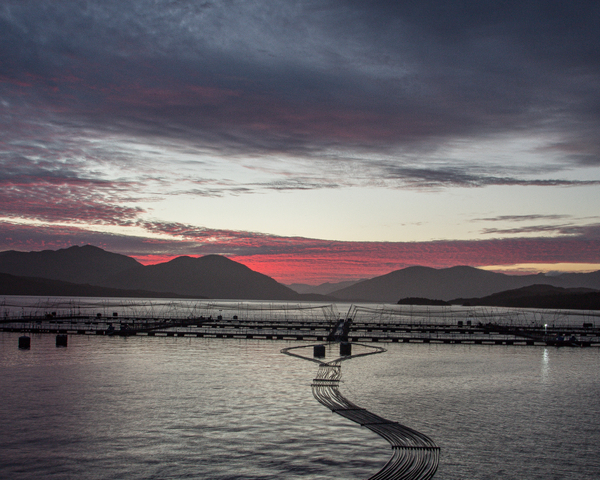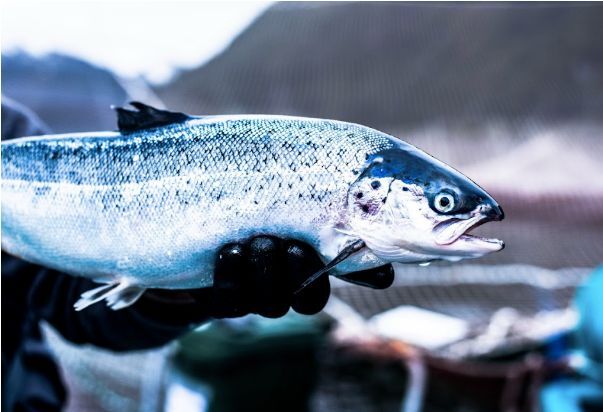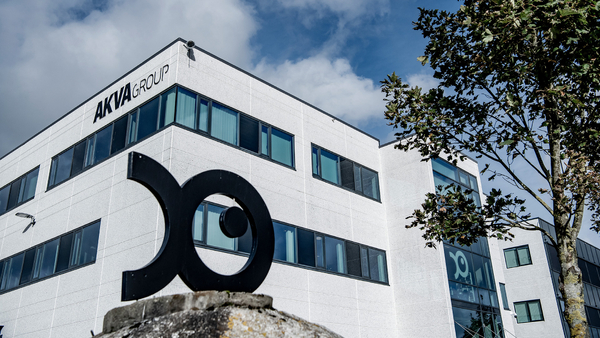CHILE
Chile is the second-largest producer of salmon in the world, following Norway. The main species cultivated are Atlantic salmon, Coho and Chinook. The industry is concentrated in the regions of Los Lagos, Aysén, and Magallanes, where the cold and nutrient-rich waters create an optimal environment for salmon farming.
As well as some of the big multinational players, Chile is home to some large home-grown salmon farming businesses, including AquaChile, Australis Seafoods, Salmones Camanchaca, Mowi Chile, and Multiexport Foods.
In addition to salmon, Chile is also a significant producer of mussels. The Chilean blue mussel (Mytilus chilensis) is highly prized in international markets for its quality and taste. Mussel farming is primarily located in the Chiloe Archipelago and the inland seas of the Los Lagos region.
Aquaculture is a vital component of Chile's economy, contributing significantly to its GDP and providing employment to thousands of people in rural and coastal areas. The industry's export revenue is substantial, with salmon being one of the country's top export products.
Chile has invested significantly in research and development to advance its aquaculture industry. Partnerships between government, academia, and the private sector have led to innovations in breeding, feed technology, and disease management. These advancements have helped maintain Chile's competitive edge in the global market.
While aquaculture has brought economic benefits, it also presents environmental challenges. The Chilean government has implemented stringent regulations to promote sustainable aquaculture – which sometimes lead to conflict with the industry.
